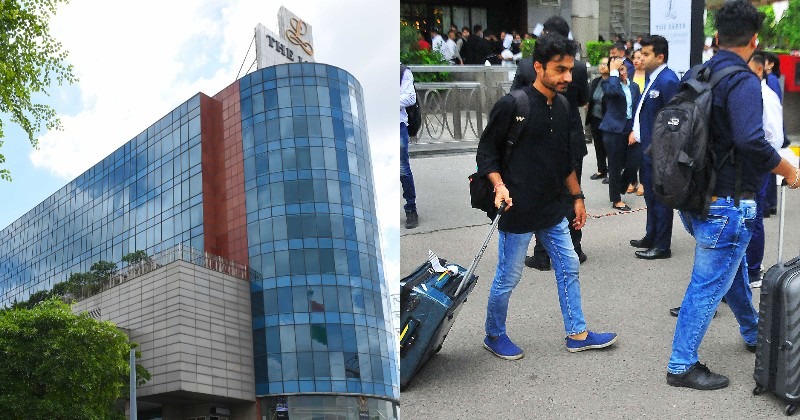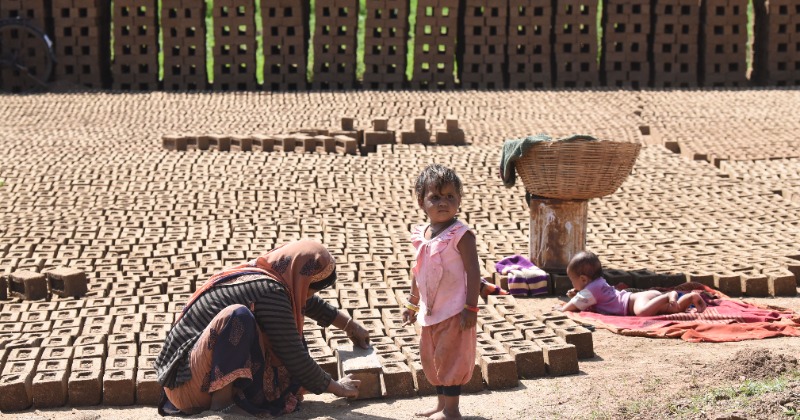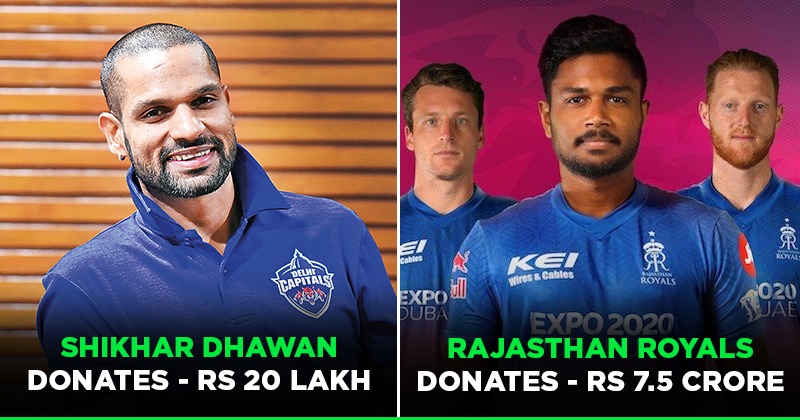Organ donation can help patients get a new lease of life. Kidneys, eyes, liver, corneas are the most common organs that are donated. However, there is also a big difference between organ donation pledges and people who actually end up donating organs.
Organ donations by family of a deceased is called cadaveric donation. In an unfortunate incident, a 44-year-old civic teacher collapsed and suffered a head injury while he was distributing birthday party invites for his five-year-old daughter.
According to local media reports, Rajesh Ganghav fell unconscious on Thursday and was taken to the hospital. There he was diagnosed with intracranial haemorrhage and was declared brain dead.

A resident of Navi Mumbai, the man’s family gave their consent to the donation of Ganghav’s organs after taking guidance from the Zonal Transplant Coordination Centre (ZTCC). Consequently, Ganghav’s family decided to donate his heart, liver, skin, corneas and bones. The highlight of this donation is the fact that the family has even agreed to donate his bones.
“Bone donation is very rare. Only a few centres in India are registered for bone transplant. It is used for patients with deficiency in bone or for bone reconstruction procedures,” Dr Dipjyoti Das, medical superintendent at Apollo hospital told Indian Express.
His bone was donated to world-famous Tata Memorial hospital where it will be used for bone cancer patients, an official told Express. While his liver was transplanted into a 46-year-old from Navi Mumbai, his heart was given to a patient at Fortis hospital in Mulund.

TOI reported that Raghav had told his wife Dipika only a few days before his death that the couple should sign up as donors.
Bone Donation- A Rare Phenomenon
Speaking to TOI, Dr Abhijit Kale who heads the bone donations programme at SOTTO and ROTTO said “We get thousands of bone donations from patients who have undergone knee and hip replacement operations, but we have had only four cadaver donations so far,” he said. Bones are carefully retrieved in a manner that the body’s shape does not get affected. “For instance, we remove every alternate rib from the 12 pairs.”
He went onto say that Ganghav’s family donations should help people change their minds about bone donations. Sadly, Ganghav is only the fourth person to donate his bones since the programme came up in 2016.
Though almost 10 lakh donations have taken place from operations, a cadaveric donation is a rare phenomenon. Transplanted bones can be used to treat fractures, damage by tumours and injuries. Donations are usually preferred over synthetic implants.

The reason behind such low number of bone donations is the myth that a patient would be disfigured by donation.
The main problem with bone donation or any other organ donation is lack of information and preconceived notions. In India, minorities are completely unaware of organ donation, therefore, the number of registrations also remain abysmally low. Then, there is another issue of backing out by people who had pledged to donate.
Bone Marrow Transplant is also called a stem cell transplant. As per the Marrow Donor Registry (India), at any time, all over the world, there are about 3,000 patients searching for a donor for a Stem Cell Transplant. According to Indian registries, there are rarely any long-term effects from donating. Only five per cent or less of a Donor’s Stem cells are needed to save a life. After donation, the body replaces the donated Stem cells within four to six weeks. Neither any pieces of bone removed from the donor.
Ganghav’s donations helped save at least two lives.




